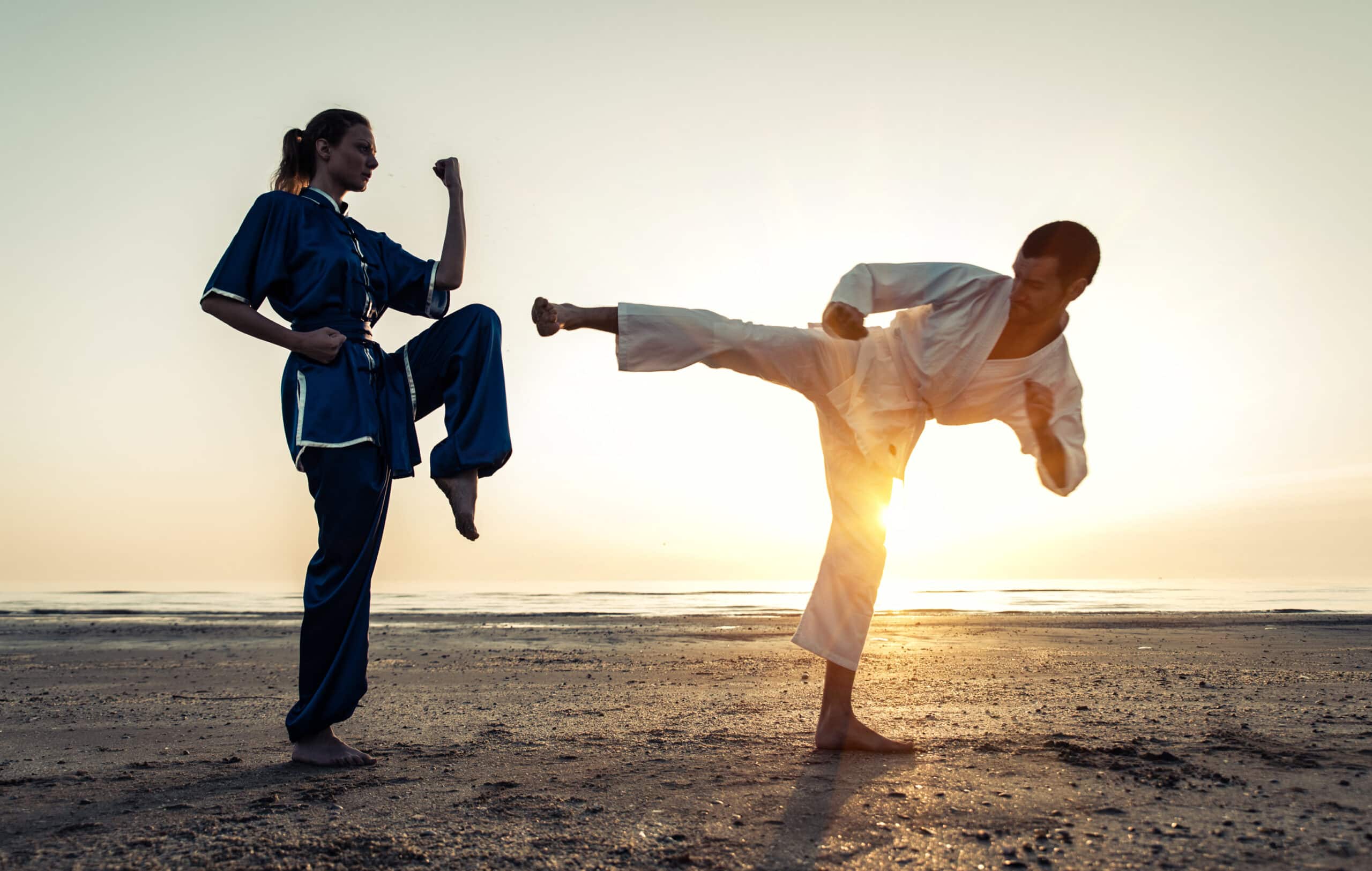Tai chi was associated with greater improvements to fibromyalgia in addition to symptom relief of depression, anxiety, self-efficacy, and the mental component of the Short Form Health Survey of the quality of life measure in the results of a 52 week single blind randomized trial.
Chenchen Wang, MD, at Tufts University School of Medicine in Boston writes this mind and body approach may be considered a therapeutic option for the multidisciplinary management of fibromyalgia; as compared with aerobics tai chi appears to be as effective or in some cases better for managing fibromyalgia.
Fibromyalgia is a complex disorder that is characterized by chronic widespread musculoskeletal pain, fatigue, sleep disturbance, and prominent physical and psychological impairment. Fibromyalgia is estimated to affect 2-4% of the general population between the ages of 18-65 years old.
Traditionally aerobic exercises are recommended as standard treatment for fibromyalgia, but many patients find it too difficult to exercise due to fluctuations in symptoms. Tai chi has been used for centuries in traditional medicines, and is increasingly being suggested by some trials to be an option to help alleviate pain and improve physical and mental health in patients; with some concluding that larger and more rigorous trials are needed to confirm results as duration and frequency required to achieve optimal benefits are unknown.
To investigate more this randomized 52 week single blind comparative effectiveness trial was conducted which included 226 fibromyalgia patients to undergo either supervised aerobic exercises twice weekly for 24 weeks, or one of 4 Yang style supervised tai chi interventions either once or twice weekly for 24 weeks, who were all followed for 52 weeks and asked to adhere rigorously to their programmes.
Mean age of participants was 52 years old; 92% were female; racial/ethnic composition was diverse; mean BMI was 30 kg/m2; and average duration of body pain was 9 years. Each supervised session was one hour; all subjects were encouraged to include at least 30 minutes of tai chi or aerobics into daily routines; subjects were asked to continue routines up to the 52 week follow up.
Subjects in the tai chi group attended 62% of the classes vs 40% of those in the aerobics group. Those in the mind and body therapy group maintained higher and more consistent attendance, which is suspected to be due to tai chi consisting of gentler, low impact meditative flowing movements with minimal side effects which may be better embraced by those with fibromyalgia in the long term.
Subjects in all groups had improved FIQR scores compared to baseline at 12, 24, and 52 week evaluations. Subjects in all 5 groups demonstrated similar reductions in use of muscle relaxants, antidepressants, analgesics, and antiepileptic agents over time. 81% of the subjects completed the 24 week evaluation, at this point improvements in FIQR scores in the combined tai chi groups were significantly higher than those in the aerobic exercise group.
Duration of tai chi mattered, those in the 24 week groups recorded greater improvements in FIQR scores than those at the 12 week groups, with the difference being statically significant. There was no significant difference found in the effectiveness and improvements between those who had participated in tai chi either once or twice a week.
At 24 weeks secondary outcomes which also favored tai chi groups included patient global assessment; Hospital Anxiety and Depression Scale anxiety scores; self efficacy; and coping strategies.
154 adverse events were reported during this study which included 117 among 115 subjects assigned to tai chi, and 37 among 75 subjects assigned to aerobics; most were minor musculoskeletal events 8 of which in the tai chi group and 3 in the aerobic group were considered to be related to the interventions.
Tau chi was taught by 3 instructors resulting in consistent outcomes across these instructions suggesting the classic Yang style of tai chi can be used in other settings in a standardized manner for the treatment of fibromyalgia. Some subjects reported not expecting to have tai chi provide any results, but went on to report improvements in balance, pain, anxiety, memory, and increased strength.
Researchers suggest that it may be time to rethink which form of exercise may be most effective for fibromyalgia patients as despite the well established benefits of aerobics patients in this trial had difficulty adhering to aerobic programmes.




